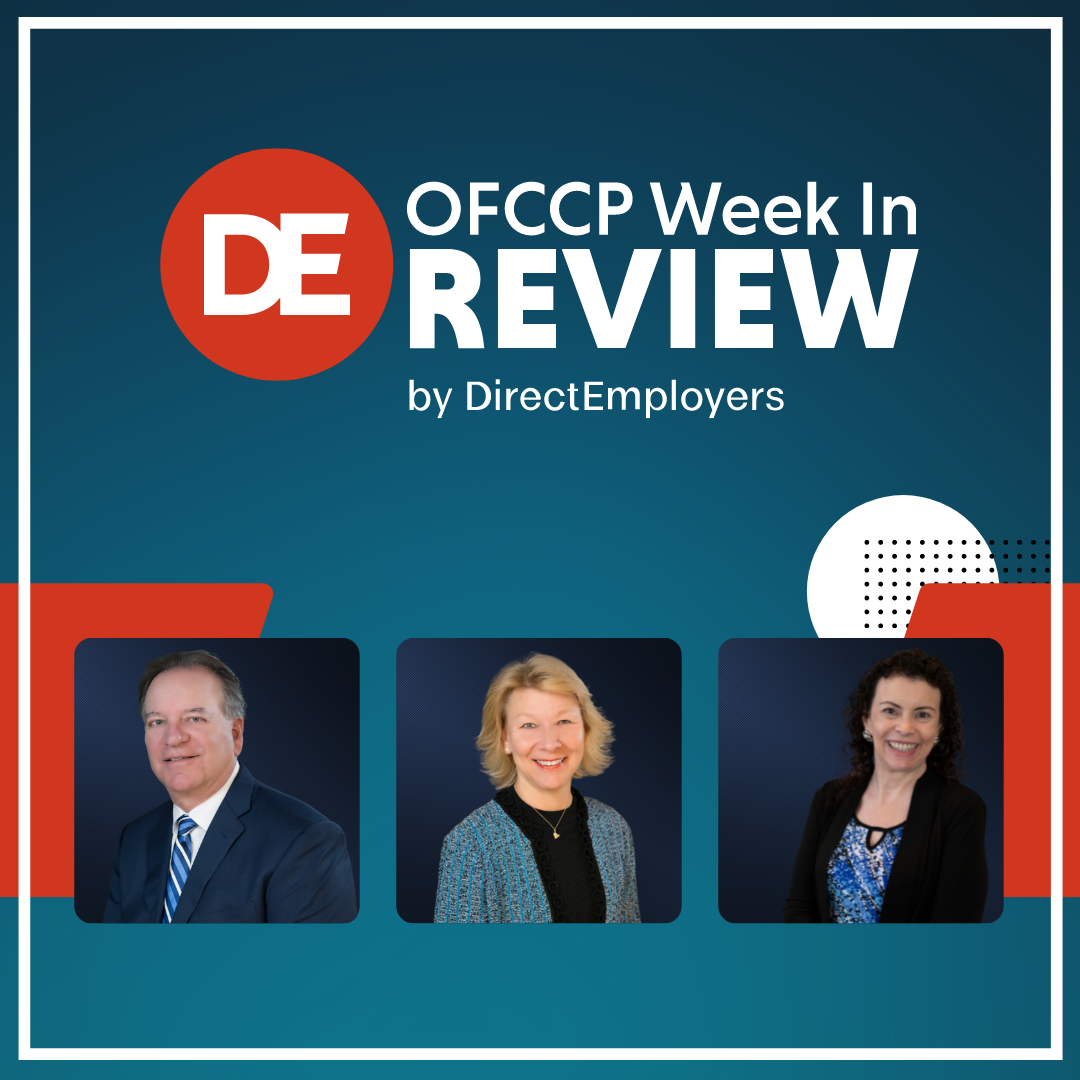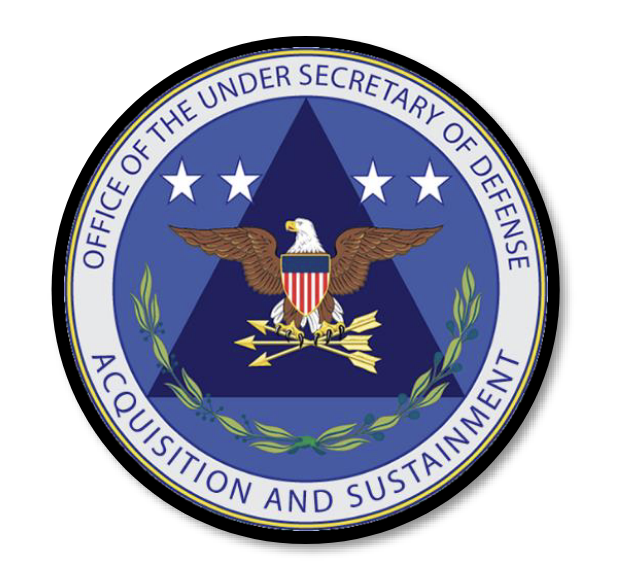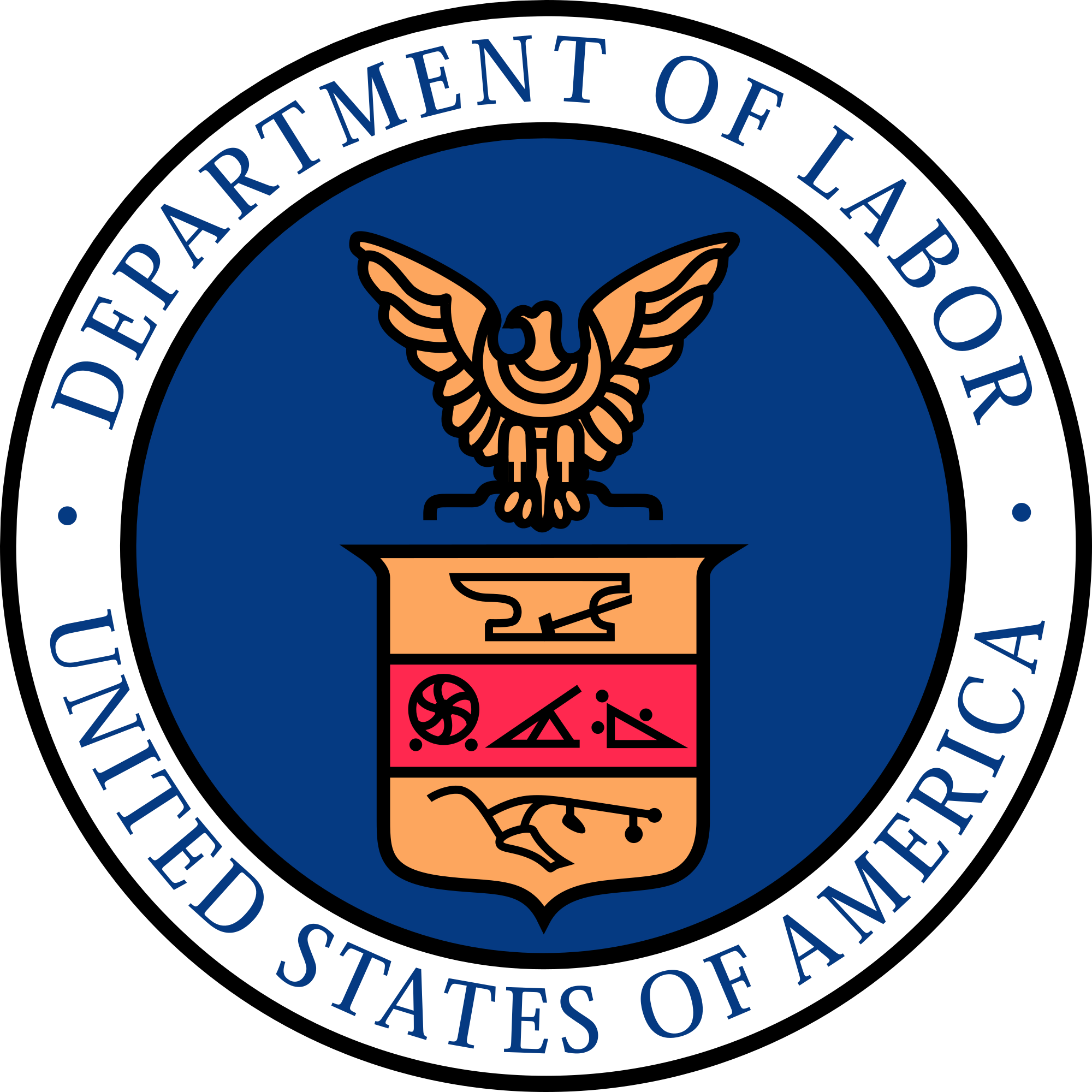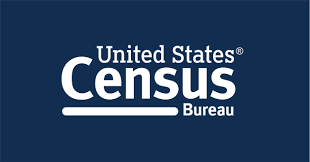 The DE OFCCP Week in Review (WIR) is a simple, fast and direct summary of relevant happenings in the OFCCP regulatory environment, authored by experts John C. Fox, Candee Chambers and Jennifer Polcer. In today’s edition, they discuss:
The DE OFCCP Week in Review (WIR) is a simple, fast and direct summary of relevant happenings in the OFCCP regulatory environment, authored by experts John C. Fox, Candee Chambers and Jennifer Polcer. In today’s edition, they discuss:
- DoD Issued Temporary Deviation to FAR Allowing Some Federal Contractors Extra Time to Register with SAM.gov
- Proposed USDOL Union “Persuader Reports” Revisions Would “Out” Federal Contractors
- U.S. NLRB Ruled That Permanent Strike Replacement Workers Have Weingarten Rights, But Not While Strike Is in Progress
- Heads Up for Recruiters and Outreach Compliance Managers! Number Of People Primarily Working from Home Tripled in Last Two Years
- In Brief
- Looking Ahead: Upcoming Date Reminders
Thursday, September 8, 2022: DoD Issued Temporary Deviation to FAR Allowing Some Federal Contractors Extra Time to Register with SAM.gov
Deviation Issued to Mitigate Continued UEI Transition Delays

Practice Tip: Federal-covered Government contractors required to develop Affirmative Action Plans (AAPs) may wish to delete their company’s Dun & Bradstreet number (often voluntarily posted in the opening pages of their AAPs to assist OFCCP investigators to identify the company’s records) and replace it with the company’s new UEI number.
However, the SAM’s transition from the DUNS Number to the UEI number has been fraught with delays. On September 16, 2022, SAM.gov posted an alert stating that “[d]ue to high demand, entity legal business name and address validation tickets are taking longer than expected to process.”
To mitigate these delays, John M. Tenaglia, Principal Director, Defense Pricing and Contracting for the U.S. Office of the Secretary of Defense (OSD), issued a memorandum allowing for a deviation from the Federal Acquisition Regulation (FAR). Among his duties, Director Tenaglia serves as the principal advisor to the Under Secretary of Defense for Acquisition and Sustainment on acquisition and procurement negotiation strategies for all major weapon systems, and major automated information systems programs. The deviation gives federal procurement officers the discretion to exempt an organization from the requirement to be actively registered in the SAM until 30 days after an award or the date of its first invoice, whichever comes first.
Specifically, the deviation provides that effective September 8, 2022, “contracting officers may apply the procedures of FAR 4.1103(b) for offeror registration in the SAM as if the procurement were issued using the SAM exemption located at FAR 4.1102(a)(5), when [a federal contractor] can prove it has initiated or attempted to start the SAM registration process.” Director Tenaglia cautioned contracting officers, nevertheless, to “apply this deviation thoughtfully on a case-by-case basis as the acquisition strategy and internal contracting business processes allow” because of “the potential negative effects that can result in contract performance and administration processes due to lack of an active SAM registration.” This class deviation remains in effect through October 31, 2022, or until otherwise rescinded or extended.
Tuesday, September 13, 2022: Proposed USDOL Union “Persuader Reports” Revisions Would “Out” Federal Contractors
USDOL Intends New Rule to Help Unions in Union Organizing Drives but Claims No Benefit to USDOL Programs

Background: The Labor-Management Reporting and Disclosure Act of 1959 (LMRDA) requires employers to file a Form LM-10 with the OLMS to disclose certain payments, expenditures, agreements, and arrangements. Among other information, employers must file reports covering agreements with consultants – and other payments and expenditures – designed to persuade employees concerning their organizing and collective bargaining rights or to surveil the activities of employees and unions involved in a labor dispute with the employers.
OLMS’ 23-page Federal Register Notice of Proposed Rulemaking (“NPRM”) explained the changes in detail. The proposal would renumber Item 12 on the form as Item 12.a., and then add Item 12.b. thereafter with the “Yes,” “No,” or “N/A” checkbox and the two lines. The new Item 12.a. would consist of a narrative section that mirrors the existing Item 12. Filers who checked “Yes” for any item in Items 8.b.-8.f. would be required to complete Item 12.b. regarding their status as a covered federal Government contractor or subcontractor.
The OLMS NPRM would adopt definitions from the OLMS’ Rules implementing Executive Order 13496 titled “Notification of Employee Rights Under Federal Labor Laws” (29 CFR 471.1) including these: (a) “contract,” (b) “contracting agency,” (c) “contractor,” (d) “government contract,” (e) “modification of a contract,” (f) “prime contractor,” (g) “subcontract,” and (h) “subcontractor.” The OLMS’ definitions closely track OFCCP’s definitions prescribing which federal contractors are “covered” federal “Government” “contractors” and “subcontractors.” The OLMS’ exemptions to coverage appear in its Rule at 29 CFR 471.3.
Practice Tip: The term Federal-covered Government “Subcontractor” does not use either the Webster’s Dictionary or a common-sense definition. Rather, this is a heavily defined, nuanced (and very limited) and heavily litigated definition (with no fewer than seven significant case law decisions under OFCCP’s Rules alone. OFCCP case law decisions have narrowed OFCCP’s definition at 41 CFR 60-1.3 to only those subcontracts that (a) are “legally” necessary, and/or (b) subsume one or more performance tasks of a prime “covered” federal “Government” “contract” or “subcontract.”) As a result, OFCCP and the OLMS LM-10 form filing requirements attach to only a VERY small percentage of all subcontractors on federal work.
According to a Supporting Statement (page 19) that OLMS submitted to the Office of Management and Budget on September 13, 2022, the proposed change would appear as follows:
12.b. If your Part B applies to Items 8.b. through 8.f., did the payments or agreements concern employees performing work pursuant to a Federal contract?
Yes
No
If yes, indicate your Unique Entity Identifier and the Federal contracting agency(ies) involved
In its NPRM, OLMS stated that “[c]onfirming a filer’s status as a Federal contractor, as well as its Unique Entity Identifier, as part of a full explanation of persuader activities will provide a method for the public, procurement agencies[,] and employees to quickly identify which persuaders are Federal contractors.”
“[E]mployees have a particular interest in knowing whether their employers are Federal contractors because, as taxpayers themselves, those employees should know whether they are indirectly financing persuasion campaigns regarding their own rights to organize and bargain collectively,” the notice added. “Persuader campaigns are not themselves reimbursable under the Federal contract or subcontract. Nevertheless[,] Federal contractors receive Federal dollars—often in significant amounts—for goods and services. Such funds support directly or indirectly contractors’ businesses and additional activities, which may include the decision to hire the outsider to persuade the employees.”
“The proposed revision to Form LM-10 would promote transparency and support harmonious labor relations,” said OLMS Director Jeffrey Freund in a press statement. “The change would give workers access to information about the indirect source of funding used to persuade or surveil them in connection with organizing and collective bargaining.”
For additional information on the proposed changes to Form LM-10, see the OLMS employer-consultant reporting page and the agency’s “fact sheet” regarding the proposed changes.
Comments on the proposal (RIN 1245-AA13) are due on or before October 13, 2022. OLMS will only accept electronic comments through the federal eRulemaking portal at http://www.regulations.gov.
Burden estimates
The proposed rule would not impact the total number of Form LM-10 reports that the OLMS expects to receive, nor would it affect the recordkeeping burden, according to OLMS. This assertion is based on the DOL estimate that most employers that file and are federal contractors or subcontractors must already retain records relevant to that status under Executive Order 13496.
In its NPRM and its Supporting Statement (pages 12-13), OLMS asserted that the modification to Item 12 will take no longer than 5 minutes to complete on average for approximately 647 filers. OLMS estimated that the proposed change will result in an increase of 65 annualized burden hours and only very modest costs to filers.
Wednesday, September 14, 2022: U.S. NLRB Ruled That Permanent Strike Replacement Workers Have Weingarten Rights, But Not While Strike Is in Progress
A U.S. National Labor Relations Board (NLRB) panel ruled that an employer violated the National Labor Relations Act (NLRA) by denying a permanent strike replacement worker (apparently on-the-job for many months and at least long enough to exhaust his probationary status and become a member of the union) his request to have a union representative present at an investigatory interview that the worker reasonably believed could result in discipline for excessive tardiness. (Troy Grove, Case Nos. 25–CA–234477, 25–CA–242081, 25–CA–244883, and 25–CA–246978).
Significantly, too, the strike at the company was over. While the Board rejected the employer’s argument that the strike replacement worker had no “Weingarten rights” because unions don’t represent the interests of permanent replacements, it nonetheless upheld the employer’s termination of the tardy employee despite the Weingarten violation. “The Weingarten right is held by the employee, not the union,” the Board stated.
Footnotes are important in this decision and defuse what alarmist headlines across the nation about this case decision suggested was a major expansion of worker rights and union access to strike replacement workers. Footnote 4 is particularly important because it reversed a portion of the NLRB Administrative Law Judge Melissa M. Olivero’s earlier decision on appeal to the Board by substantially narrowing her strike replacement Order:
“3 As a result, we have modified the Order and notice [of NLRB ALJ Olivero] to reflect that this violation does not extend to strike replacements hired during the strike. See, e.g., Ryan Iron Works, 332 NLRB 506, 509 (2000), enfd. 257 F.3d 1 (1st Cir. 2001). Relatedly, the make-whole remedy we order for this violation would also not extend to strike replacements hired during the strike who may have been affected by the Respondent’s [i.e., the company’s] implementation of the new check-in policy.”
What are Weingarten rights?
Under the National Labor Relations Act (NLRA), employees in unionized workplaces which are accused of misconduct have the right to request the presence of a union representative at an investigatory interview that the worker reasonably believes could result in discipline. This interpretation of the NLRA comes from the U.S. Supreme Court’s 1975 decision NLRB v. J. Weingarten, Inc. (20 U.S. 251). If an employee makes a valid request for union representation, the employer has three options: (1) grant the request and reschedule for a time when a representative is available; (2) deny the request and discontinue the interview; or (3) offer the employee the choice between continuing the interview without a union representative or calling off the interview. Employees who are not union-represented, however, have no Weingarten rights.
New NLRB Interpretation: The strike replacement worker had Weingarten rights, which the employer violated
In the present case, the company had likened the employee to a worker in a non-union setting. However, because the employee was a strike replacement, and it was undisputed that strike replacements were part of the bargaining unit, the NLRB reasoned that he had Weingarten rights. It is well established that a bargaining unit includes non-strikers, strikers, returning strikers, and striker replacements, the Board wrote. Accordingly, the permanent replacements here were part of the employer’s “unionized employees” for purposes of determining Weingarten protections. Thus, the employer’s analogy to non-union settings was inapposite, the Board concluded.
Furthermore, an employee’s right to union representation, on request, during an investigatory interview is a statutory right, not a term and condition of employment to be determined by the employer, the Board further noted. It added that the right extends to all bargaining-unit employees. “The right to representation is derived from the Section 7 right of employees to act in concert for mutual aid or protection, and it does not entail a bargaining obligation on the part of the employer,” the Board explained. “Instead, the Weingarten right is grounded in Section 7 and 8(a)(1) [of the NLRA] and seeks to ensure that employers carrying out investigations do not restrain or coerce employees in the exercise of their Section 7 rights,” the Board wrote. Therefore, the Weingarten right is held by the employee, not the union.
The NLRB panel then concluded that an Administrative Law Judge (ALJ) correctly found that the manager who called the worker in for a disciplinary investigatory interview did not comply with any of the Weingarten options. The manager did not offer the employee the option of not continuing with the meeting. Rather, the manager categorically rejected the worker’s request for the union steward and, instead, summoned another bargaining unit employee – who had no position with the union – as a substitute. (When he arrived at the meeting, the other employee also requested the presence of the union steward.) The employer suspended and ultimately discharged the employee following the meeting for violating its attendance policy.
In addition, the employer argued that the employee waived his Weingarten rights by agreeing to continue the meeting with his fellow employee present. Yet, the Board pointed out that the employee’s acquiescence was not voluntary because it came only after the manager refused to call the union steward and the employee had no reason to believe he could leave the meeting. Moreover, after the employee asked for the union steward, the employer was required to allow a reasonable amount of time for the steward to become available. In this case, the steward was only 25 minutes away, and therefore, could have attended the meeting within a reasonable period of time. As such, the ALJ correctly concluded that the employer violated Section 8(a)(1) of the NLRA by proceeding with the investigatory interview after denying the employee’s request for a union representative.
Thursday, September 15, 2022: Heads Up for Recruiters and Outreach Compliance Managers! Number Of People Primarily Working from Home Tripled in Last Two Years
ALSO: Unemployment rate increased and labor force participation rate declined

“Work and commuting are central to American life, so the widespread adoption of working from home is a defining feature of the COVID-19 pandemic,” said Michael Burrows, Statistician in the Census Bureau’s Journey-to-Work and Migration Statistics Branch, in a press release.
Another work metric in transition was commuting to work: “With the number of people who primarily work from home tripling over just a two-year period, the pandemic has very strongly impacted the commuting landscape in the United States,” Dr. Burrows said.
Corresponding with the increase in working-from-home rates, the average one-way travel time to work dipped to 25.6 minutes in 2021, among the shortest times in the last decade. The average commute was two minutes shorter than the average of 27.6 minutes in 2019. About 68% of workers drove alone to work in 2021, compared to roughly 76% in 2019. This percentage corresponded to nearly 15 million fewer workers commuting alone by private vehicle — 119,153,349 in 2019 compared to 104,650,121 in 2021. In addition, public transportation commuting fell by half, from 5% of workers in 2019 to 2.5% in 2021 — the lowest percentage of workers commuting by public transportation that the ACS has ever recorded.
The Bureau also highlighted that:
- In 2019, about 6% of workers living in metropolitan areas (metros) worked from home, compared to 5% living outside of metros (including micropolitan areas). In 2021, the percentage working from home in metro areas jumped to roughly 19%, compared with 9% of home-based workers outside of metros.
- The percentage of workers who worked within their county of residence increased from 72.2% in 2019 to 76.5% in 2021. (This calculation includes home-based workers, who are treated as working within their county of residence.)
- Among metros with a million or more residents, the San Francisco-Oakland-Berkeley, CA Metro Area and San Jose-Sunnyvale-Santa Clara, CA Metro Area had the highest percentage of home-based workers (roughly 35%) in 2021. Both metros have strong links to the information and technology sectors.
Unemployment rate up, labor force participation rate down
During this same period, the national unemployment rate among civilians aged 16 and older increased from 4.5% to 6.3%, while the national civilian labor force participation rate decreased from 63.4% to 62.8%, the Bureau reported. The percentage of U.S. adults ages 16 to 64 who worked full-time, year-round in the past 12 months dropped from 52.9% in 2019 to 50.5% in 2021.
Data comparisons guidance
The agency cautioned that if data users wish to make comparisons, they should compare the 2021 ACS 1-year estimates to the 2019 ACS 1-year estimates, not to the 2020 ACS 1-year experimental estimates released last year. For more guidance on comparing 2021 ACS statistics with previous years and the 2020 Census, visit the Comparison Guidance page.
Upcoming Annual Releases
The Census Bureau intends to release additional ACS statistics over the next few months, including 2021 ACS 1-year supplemental estimates (October 20, 2022) and 2017-2021 ACS 5-year estimates (December 8, 2022).
In Brief
Thursday, September 15, 2022: OFCCP Extended Deadline by One Month for Objections To EEO-1 Component 1 (Type 2=Consolidated) Data FOIA Disclosure

OFCCP informed the public of this extension in a note posted on the portal landing page and via an email announcement. The agency stated it extended the deadline for “multiple reasons,” including numerous federal contractor requests for extension. Also, “since the publication of the original notice, some federal contractors have raised questions regarding their efforts to verify whether they are included in the universe of Covered Contractors during the requested timeframe,” OFCCP reported. To address this issue, OFCCP will email contractors that the agency believes are covered by this FOIA request, using the email address provided by contractors that have registered in OFCCP’s Contractor Portal and the email addresses provided as a contact for the EEO-1 Survey.
Friday, September 16, 2022: US EEOC Announced September 22 Date for Third Public Meeting on Its Strategic Enforcement Plan

The upcoming session will focus on “Shaping the EEOC’s Strategic Enforcement Priorities.” Every five years the Commission issues a SEP to outline its enforcement and outreach priorities. After the agency completes the listening session series, it will consider the feedback from these sessions and any written input to develop a proposed SEP that will be approved by a vote of the full Commission. The meeting will be a live-streamed videoconference, with an option for listen-only audio dial-in by telephone, the Commission stated in a Federal Register Notice. Interested parties may register in advance for this videoconference at: https://eeoc.zoomgov.com/webinar/register/WN_BXpvXw0yS6ylpEIDdN2vTw
Looking Ahead:
Upcoming Date Reminders
Thursday, September 22, 2022: DE Masterclass Roundtable #9: “No Longer a Secret: State Salary Transparency Laws for Private Employers”
Friday, September 30, 2022: 2022 VETS-4212 filing deadline. The reporting cycle began on August 1, 2022 – https://www.dol.gov/agencies/vets/programs/vets4212
Tuesday, October 18, 2022: Deadline to submit comments on FAR Council’s proposed Rule mandating Project Labor Agreements on large federal construction projects – https://www.regulations.gov/document/FAR-2022-0003-0001
Wednesday, October 19, 2022: Deadline to submit objections to OFCCP regarding EEO-1 Data (Component 1, Type 2) FOIA disclosure request (previous September 19 deadline extended) – https://www.dol.gov/agencies/ofccp/submitter-notice-response-portal
Tuesday, November 1, 2022: Deadline to submit comments on US General Services Administration’s future rulemaking regarding union solicitations of federal contractor employees in GSA-controlled buildings – https://www.regulations.gov/docket/GSA-FMR-2022-0011
Monday, November 21, 2022: Deadline to submit comments on National Labor Relations Board’s proposed Rule to Determine Joint Employer Status – https://www.regulations.gov/docket/NLRB-2022-0001
Wednesday, April 12 – Friday, April 14, 2023: DEAMcon23 Chicago (Registrations open now)
THIS COLUMN IS MEANT TO ASSIST IN A GENERAL UNDERSTANDING OF THE CURRENT LAW AND PRACTICE RELATING TO OFCCP. IT IS NOT TO BE REGARDED AS LEGAL ADVICE. COMPANIES OR INDIVIDUALS WITH PARTICULAR QUESTIONS SHOULD SEEK ADVICE OF COUNSEL.
SUBSCRIBE.
Compliance Alerts
Compliance Tips
Week In Review (WIR)
Subscribe to receive alerts, news and updates on all things related to OFCCP compliance as it applies to federal contractors.
OFCCP Compliance Text Alerts
Get OFCCP compliance alerts on your cell phone. Text the word compliance to 55678 and confirm your subscription. Provider message and data rates may apply.


